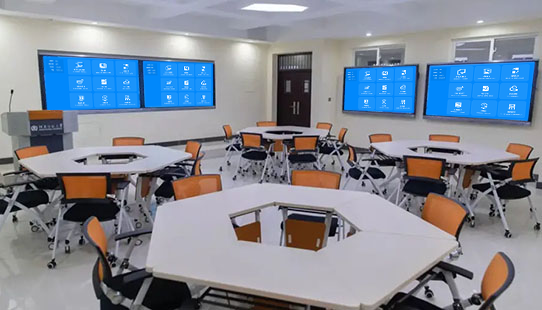With the evolution of collaboration models, the standards for enterprises to select meeting screen mirroring systems are upgrading. What requirements must a future-oriented system meet?
The system should easily divide multiple screen mirroring areas or channels. It allows different teams to collaborate in independent spaces first, then share collectively later—stimulating collective wisdom.
It must support mainstream protocols such as Miracast, AirPlay, and Google Cast. This ensures seamless connection for any employee, any device (laptops and mobile phones).
It guarantees clear display of detailed content like design drafts and code. Additionally, there should be no trailing shadows during writing and annotation.
The host can broadcast a team’s screen to the entire venue with one click, or end all screen mirroring sessions instantly.
It provides guests with a convenient connection method that does not require access to the internal network. At the same time, it strictly isolates internal network data to prevent leakage.
IT staff can remotely monitor, set up, and upgrade wireless screen mirroring devices in all meeting rooms. This simplifies daily maintenance.
Connection steps should be simplified as much as possible. The ideal state is “one-click press” or “scan a QR code to connect,” minimizing the technical threshold for users.
An excellent meeting screen mirroring system is not just a display tool, but a catalyst for an enterprise’s collaborative culture. Choosing a system that supports
group discussions and delivers a smooth experience is an investment in the enterprise’s future competitiveness.

